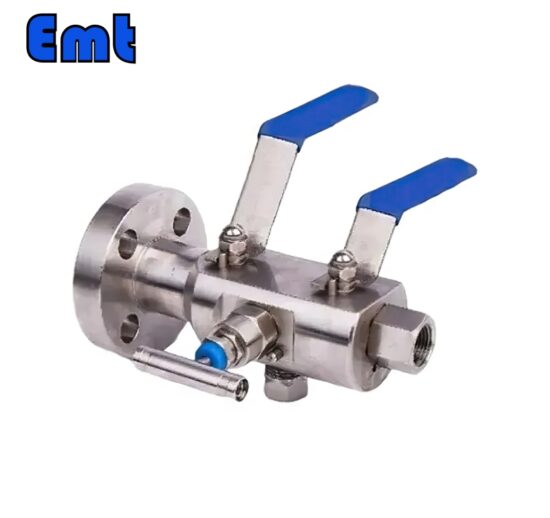Introduction to DBB Valve
Dive into the world of DBB valves, the unsung heroes of industrial safety and efficiency. These valves, known for their ‘Double Block and Bleed’ functionality, are crucial in controlling the flow of liquids and gases. They ensure a tight seal, providing a safe means to halt the flow during maintenance or emergencies. Industries from oil and gas to pharmaceuticals rely on them for their fail-safe operation. They stand out for their ability to perform the duties of two separate valves, all while occupying less space. This feature alone makes them a top pick for companies aiming to maximize safety and minimize their footprint. Understanding DBB valves is essential for any operation where flow control is critical. Their role is indispensable, and their benefits are undeniable. Embrace the power of DBB valves and see how they can transform your operations.
Types of DBB Valves
DBB valves come in various designs, each with unique features to cater to different industrial needs. Ball valve DBBs offer tight sealing with a rotational ball mechanism, ideal for quick shutoff. Their compact size and low maintenance make them a favorite in space-constrained applications. Gate valve DBBs, on the other hand, excel in applications requiring a straight-line flow with minimal restriction. They operate by lifting a gate out of the path of the fluid, providing a shut-off mechanism that is both effective and efficient. Users must choose between the two based on specific operational requirements like pressure ratings, flow control precision, and the nature of the fluid. Both types maintain the core advantage of DBB valves: double isolation and bleed capabilities, which ensure a safe working environment, especially in systems handling hazardous materials. Understanding these distinctions is key to optimizing system design and ensuring operational integrity.
DBB Valve Applications
DBB valves serve critical functions across various industries. In oil and gas, they provide reliable isolation for high-pressure systems, facilitating safe maintenance. Operators depend on their ability to prevent leaks and protect the environment. In water treatment, DBB valves manage flow and protect equipment during filtration and chemical treatments. They ensure contaminants remain contained and systems operate smoothly. Beyond these, chemical plants, power generation, and marine industries also utilize DBB valves for their dual isolation capabilities. Case studies highlight their effectiveness in emergency shut-down systems, where they swiftly isolate sections, preventing accidents. Each application underscores the DBB valve’s versatility and capacity to enhance operational safety and efficiency.








There are no reviews yet.